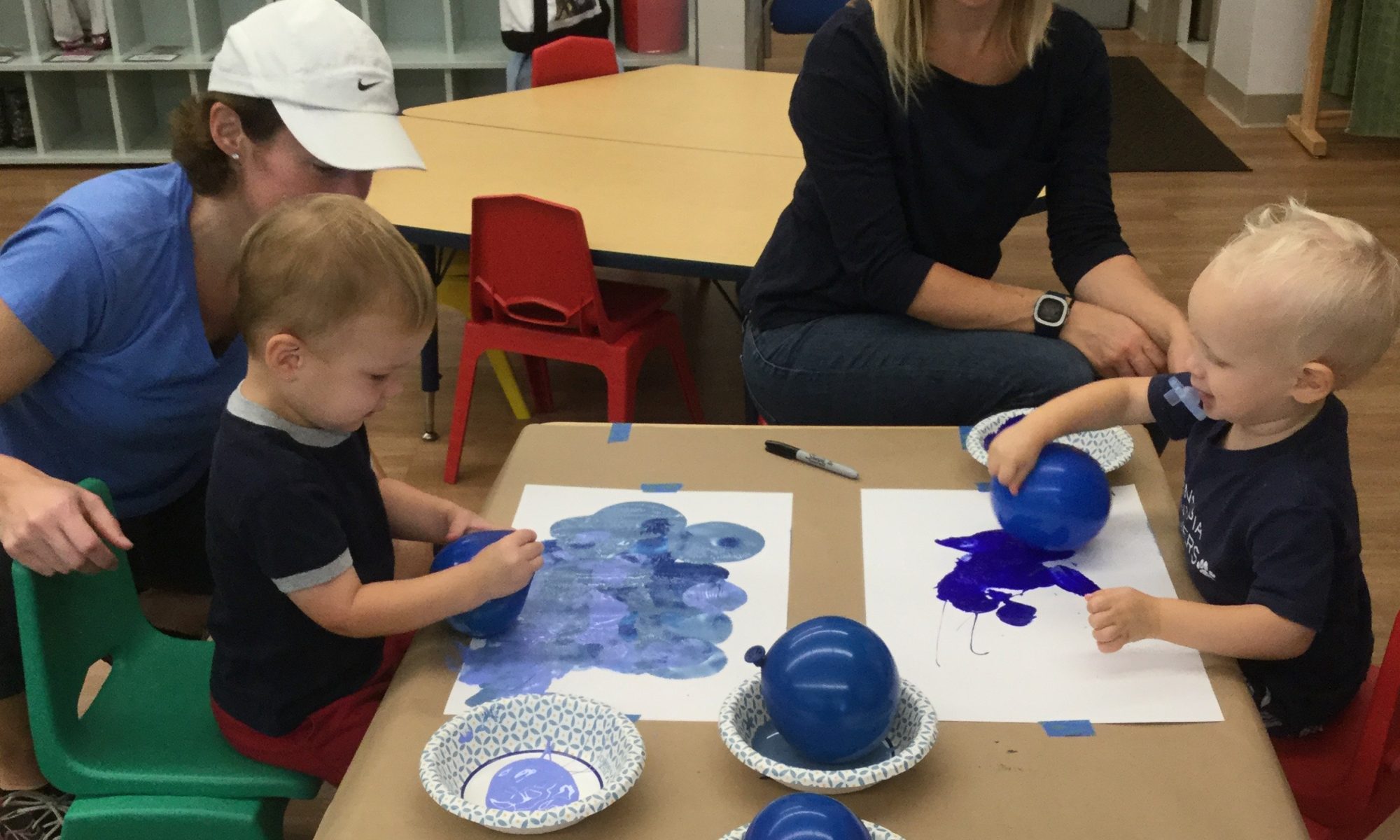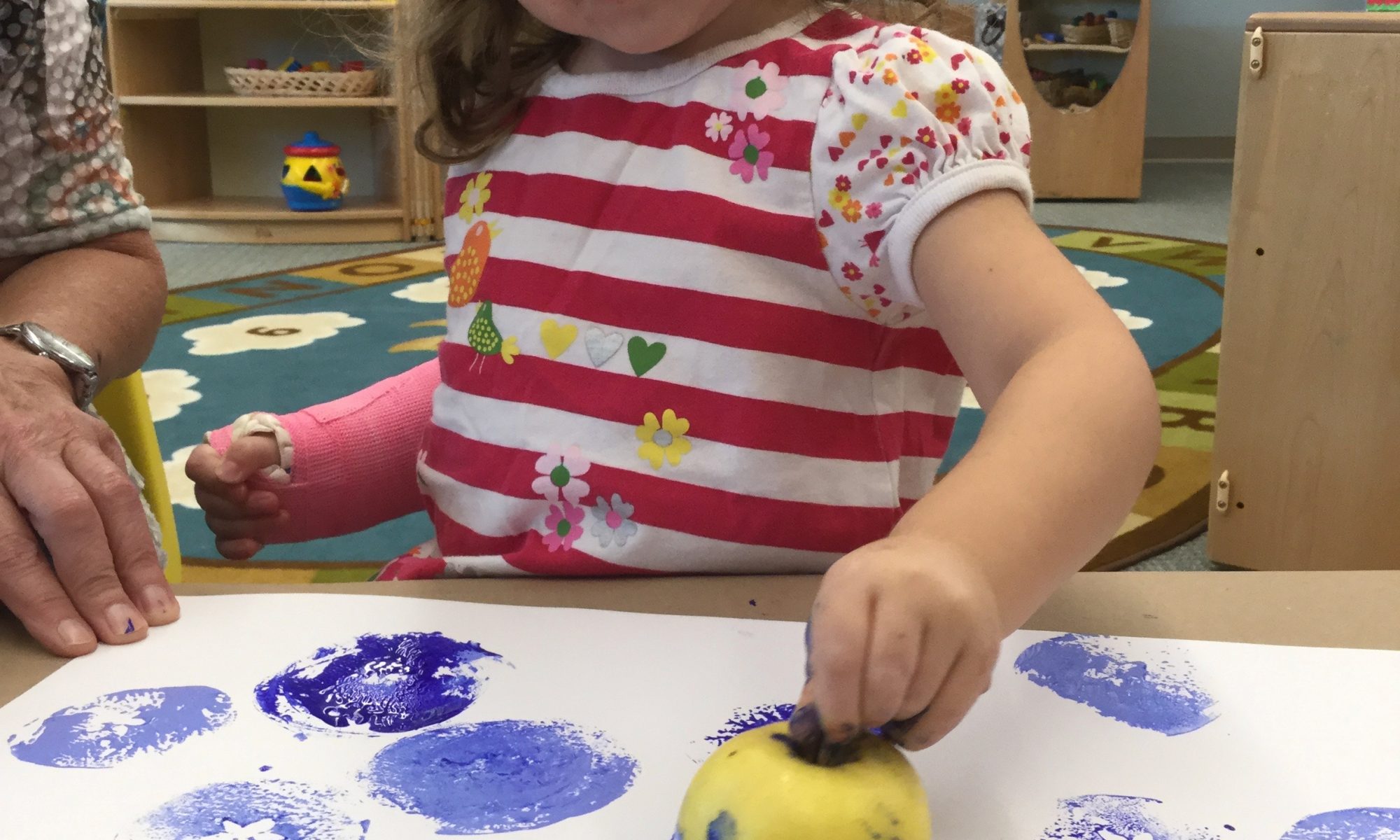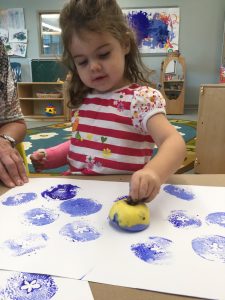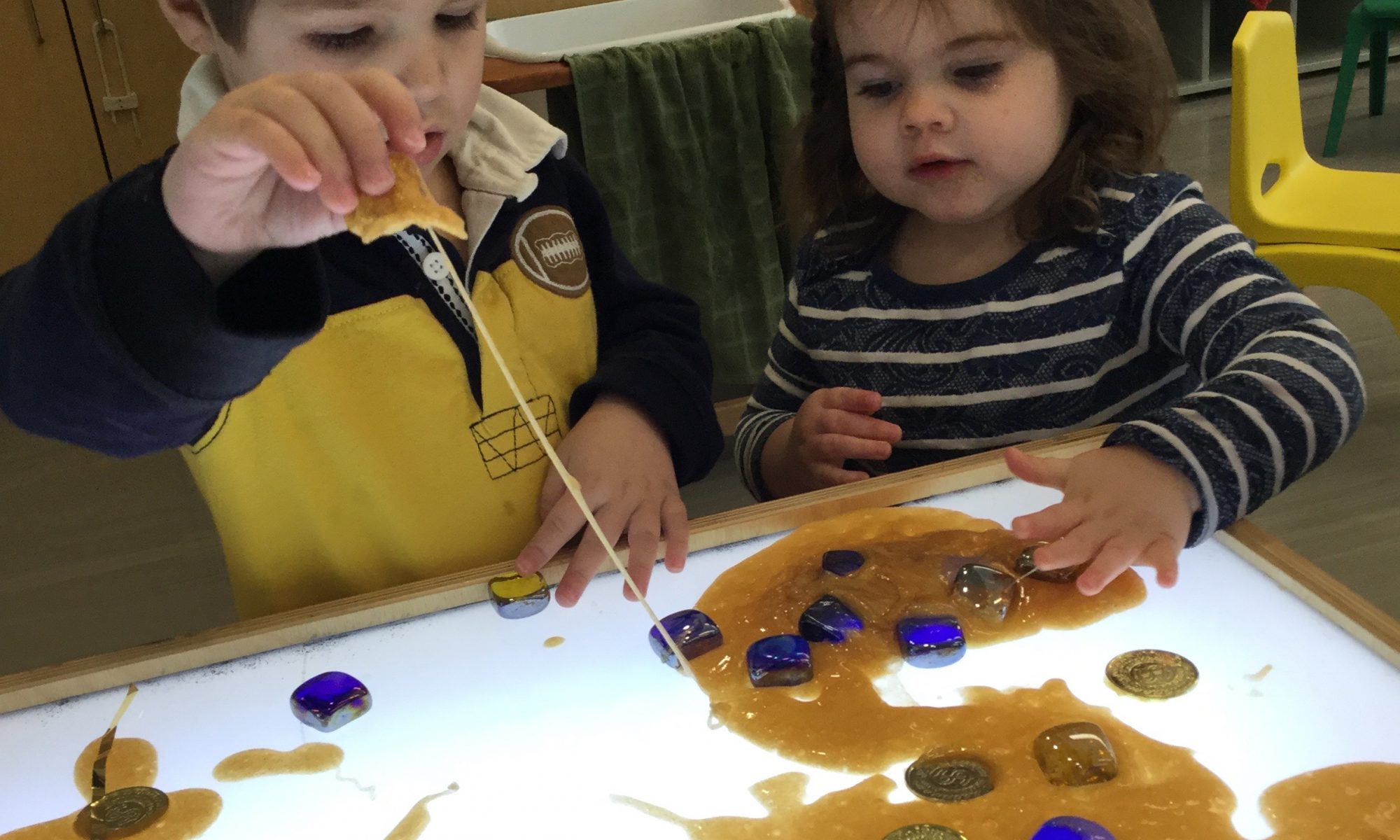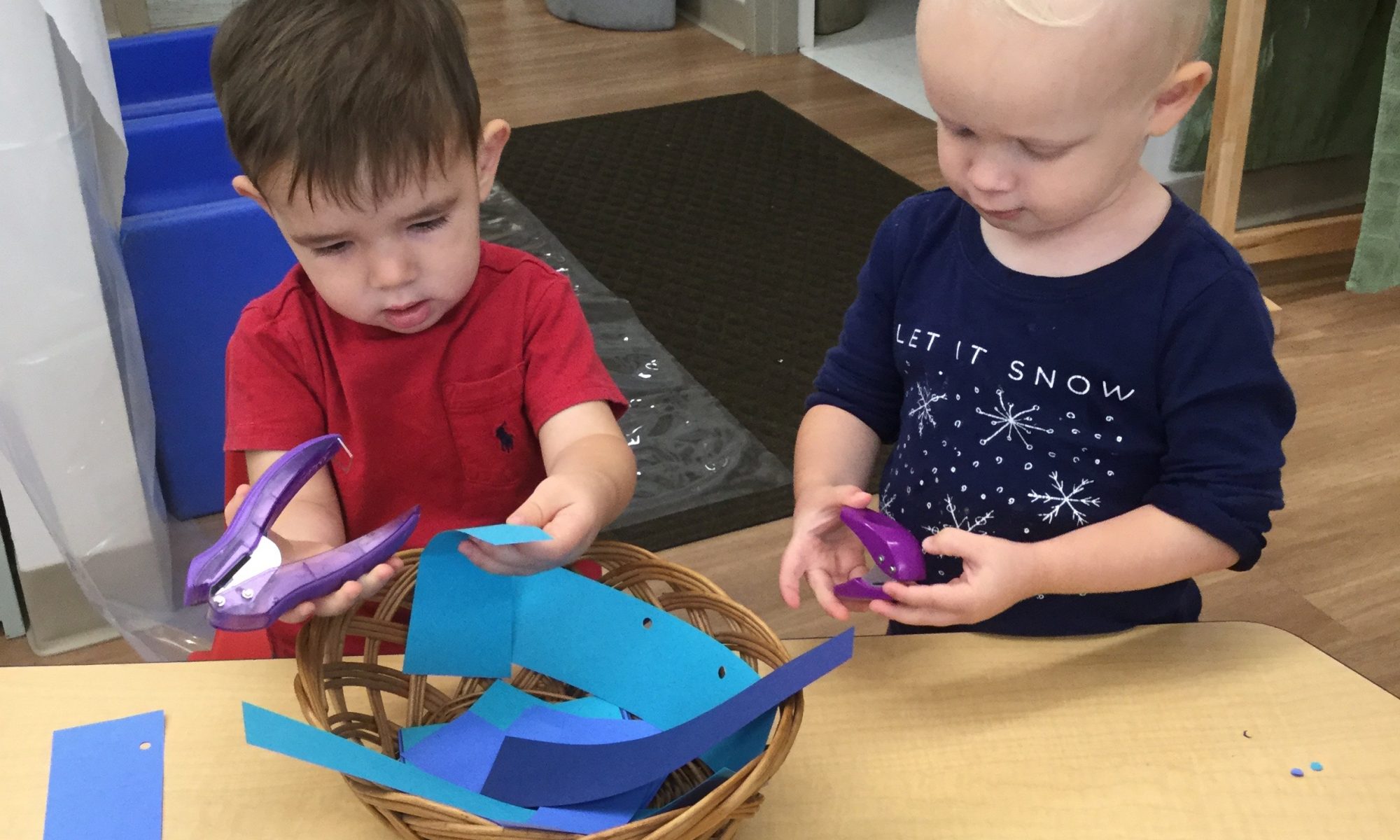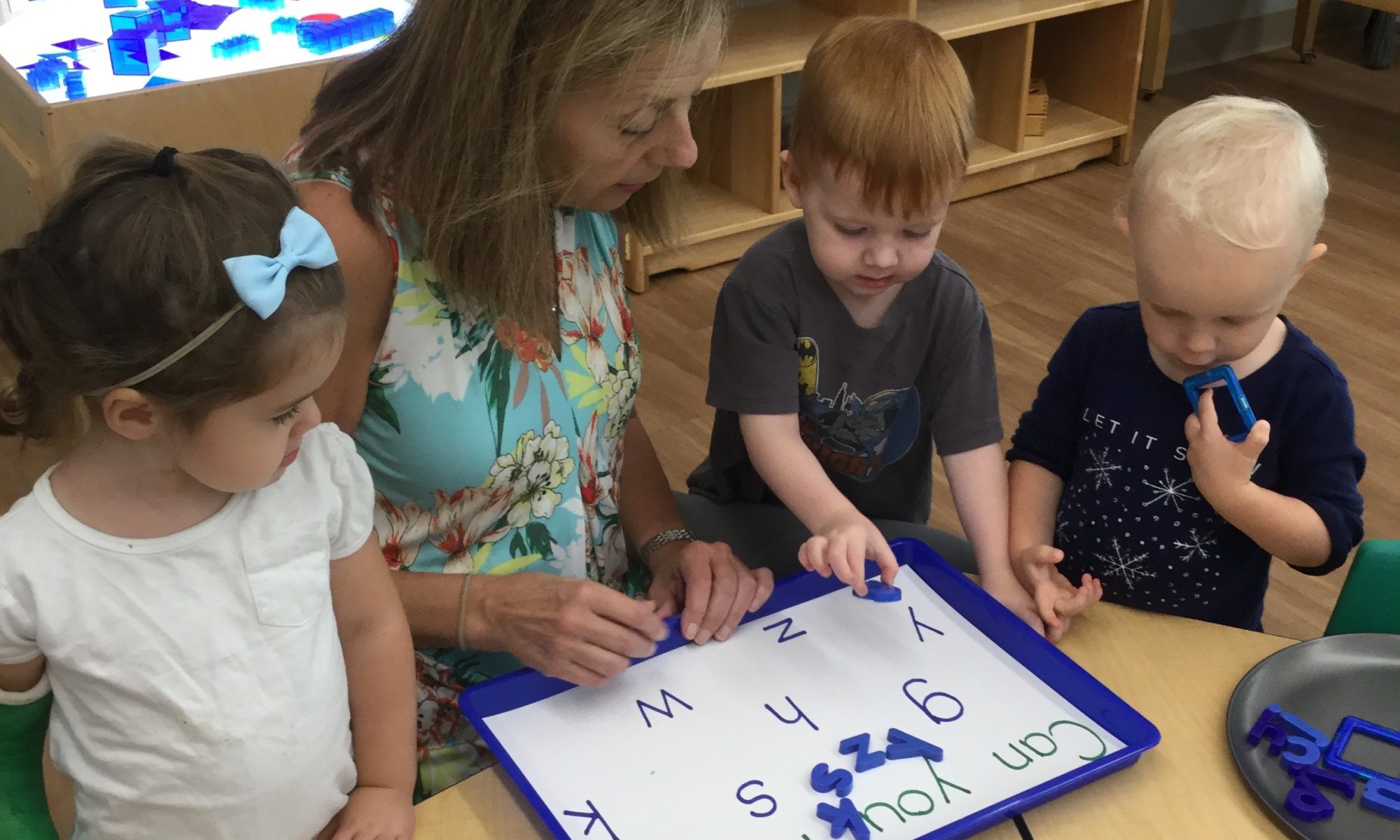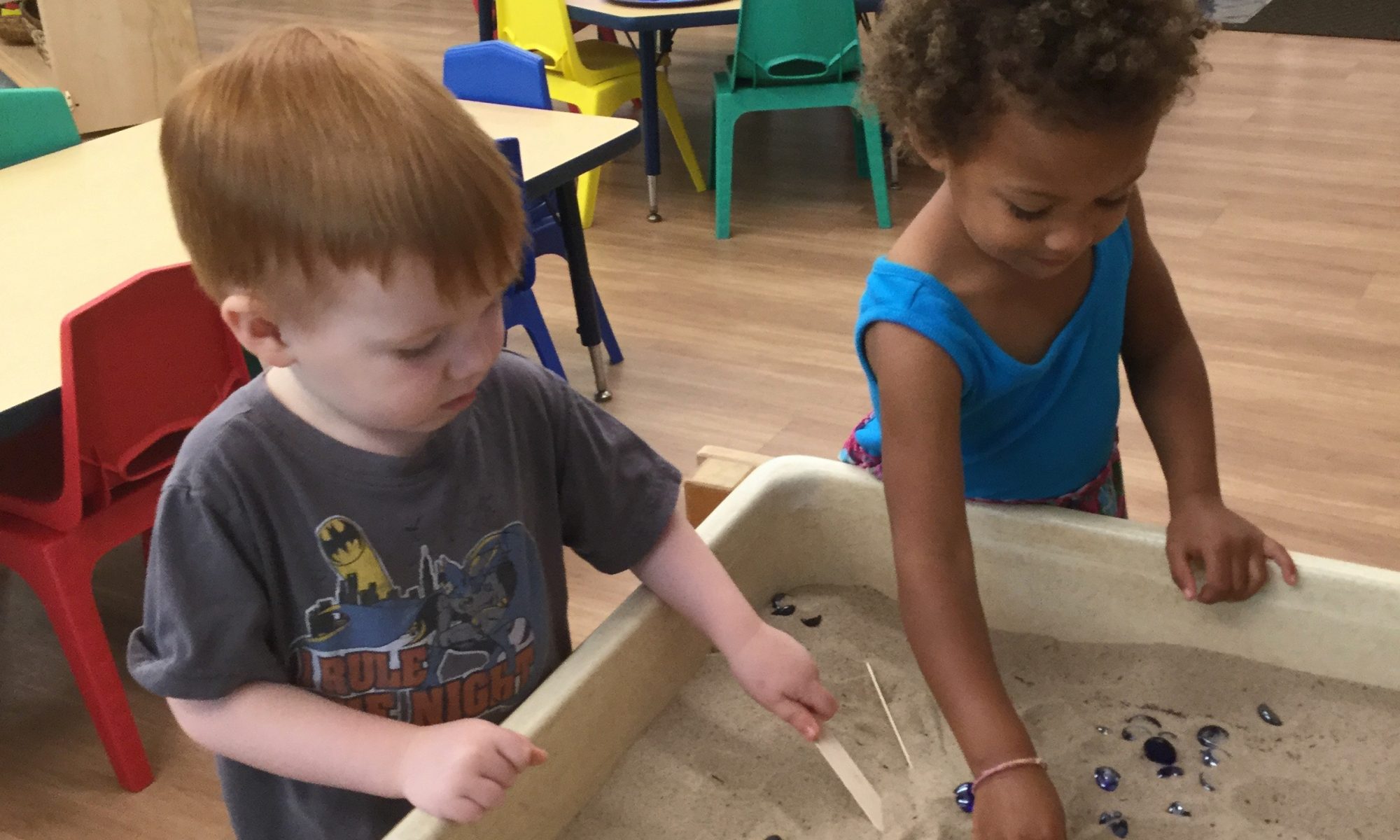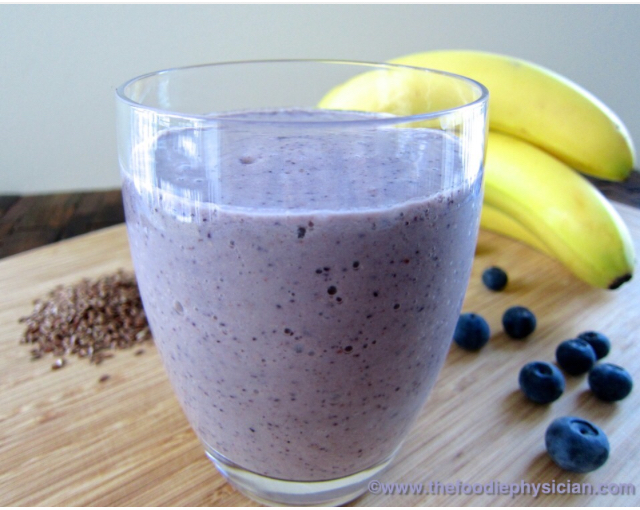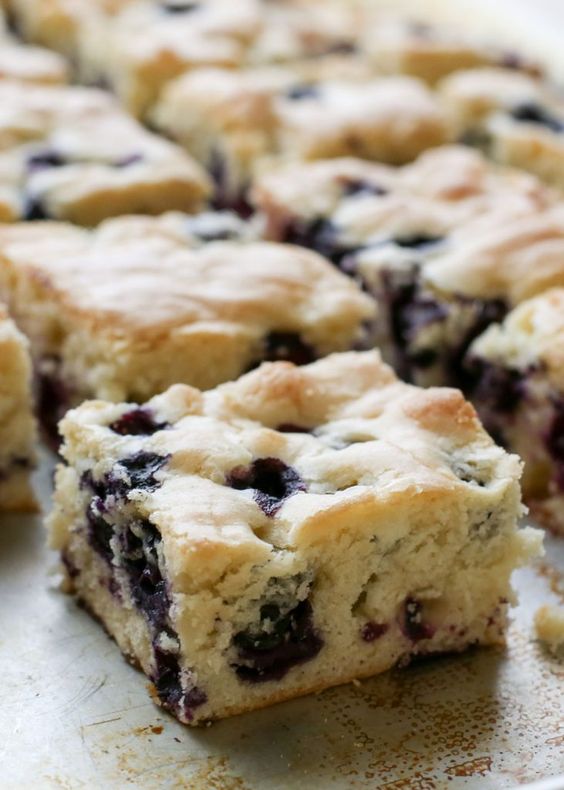Young children love to learn, and their curiosity is intense. Creativity opens thought to numerous possibilities for children and their thought expands when they are given opportunities to explore, think, imagine, and problem solve. Today, the concern is that we are teaching our children to be un-creative.
As Christian Scientists, we know that creativity is a spiritual quality, a tangible asset that is given to us by God. Each one of us as a child of God reflects His creativity. “I am God’s child. I am capable because this is how God made me. I do not lack ideas. I am filled with His inspiration, and I can express this in creative ways. Whatever is possible to God, is possible for me to accomplish with His help.” (Author unknown) All God’s children are constantly supplied with original, productive ideas and the competence to carry them out. God has endowed us with His intelligence. It needs only to be put into practice.
So, how can we help our children practice creativity? Foster process-focused art. Set up a maker space that allows your child to explore, get messy, and play without undue restraints. Clear the clutter – both mentally and physically, and invite your child to get involved in organizing and defining the space. Provide everyday materials such as markers, tape, crayons, scissors, and glue in an easy-to-access spot, like a low shelf or cabinet. Save recycled materials for your child to use. Include watercolor paints, finger paints, and offer brushes and interesting painting tools such as toothbrushes, potato mashers, feathers, and natural materials. Have lots of blank paper available. Make homemade playdough and cloud dough. Resist the temptation to make a model for your child. Adapt to your child’s ideas rather than trying to structure his ideas to fit your ideas.
Open-ended materials, such as blocks, construction toys, cardboard boxes and scarves give children opportunities to be creative. Materials such as these can be transformed. When left alone, these materials do nothing in particular but they come to life in the hands of children as they are required to use their imagination. A block that is shaped and painted like a tree is more likely to be played with as a tree. However, a simple wooden block can be transformed into a multitude of things. While there can be value in having the tree-shaped block, open-ended materials enhance the play experience as they require children to bring themselves into the play experience in a deeper way.
Creativity is a great asset in problem solving. Parents and teachers can help children by giving them time and support to solve their own problems rather than quickly providing solutions. A child can be encouraged in ways such as this: “I see you’re looking for your teddy bear. Where do you remember playing with it last? Yes, looking in your bed is a good place to check.” “It looks like you and your brother both want the same toy. How can we solve this problem?” (You may need to put the toy up during the conversation.) It may be helpful to offer some ideas. “We could set the timer and you can take turns, or one of you can find another toy, or maybe you can think of way to play with the toy together. What solution can you both agree upon?” As problem solving skills develop, children will be better able to resolve social conflicts, work through touch math problems, manage their own life with less adult intervention, and become more confident.
One of the most important types of creative activity for young children is creative play. Creative play is expressed when children use familiar materials in a new or unusual way, and when children engage in role-playing and imaginative play. Nothing reinforces the creative spirit and nourishes a child’s soul more than providing large chunks of time to engage in spontaneous, self-directed play throughout the day. Play enhances social development, and dramatic play helps children experiment with and understand social roles. Through dramatic play, children learn to take each other’s needs into account, and appreciate different values and perspectives. Play helps develop each child’s unique perspective and individual style of creative expressions.
Environments where children are supported in their eagerness to explore relationships and materials without fear or disapproval, where parents and teachers are prepared to unearth resources to satisfy children’s creative thirst to learn, are environments where creativity will blossom and grow.

